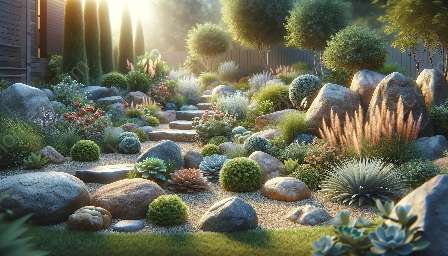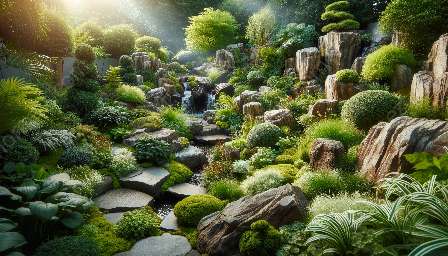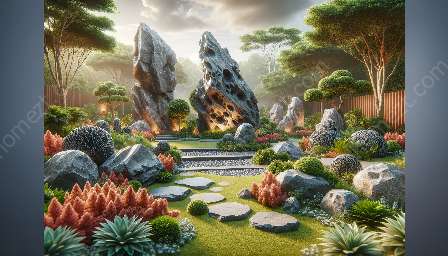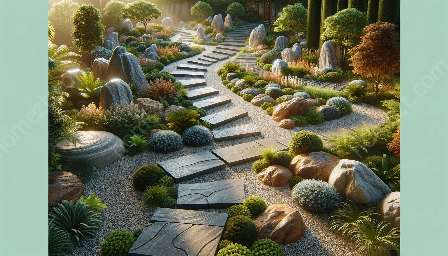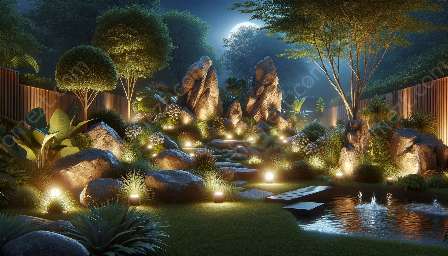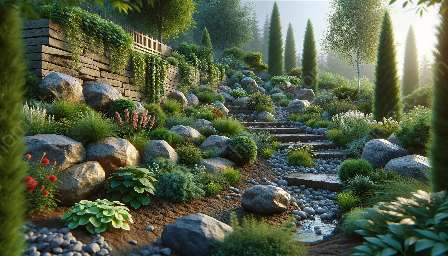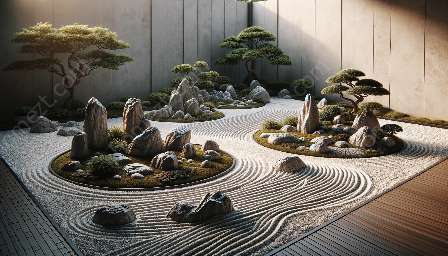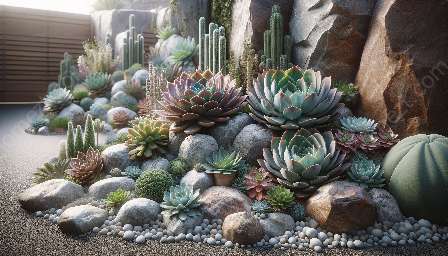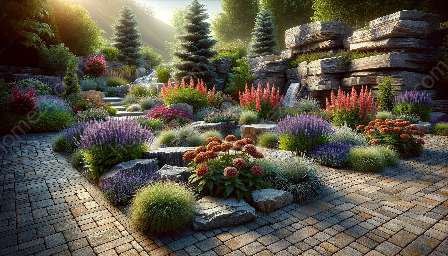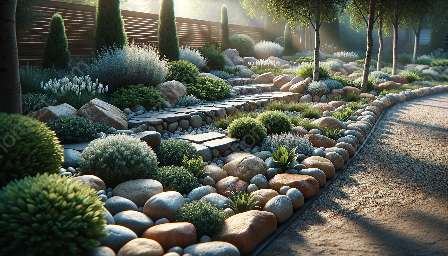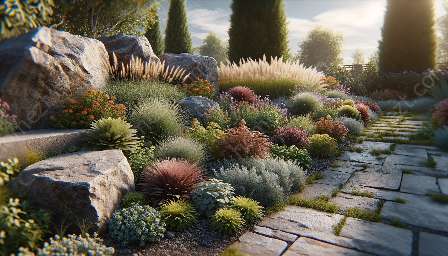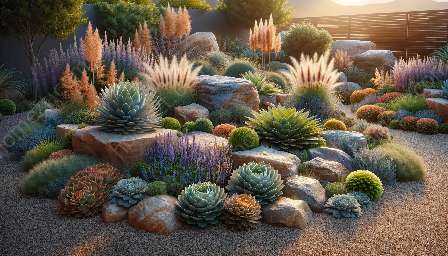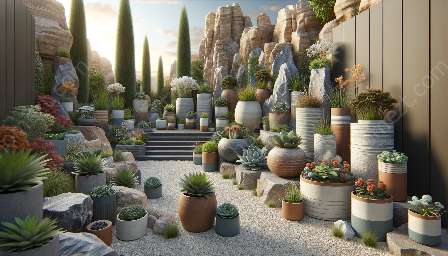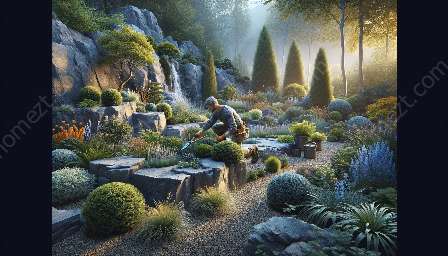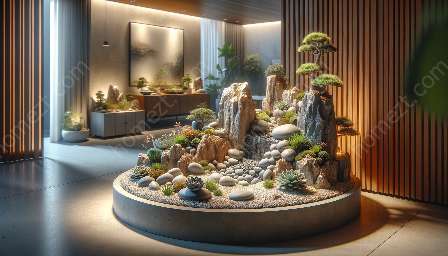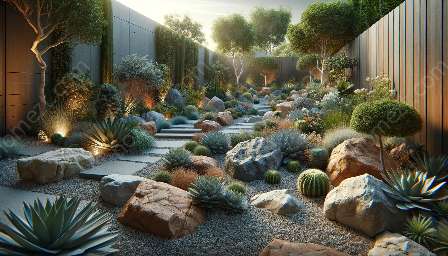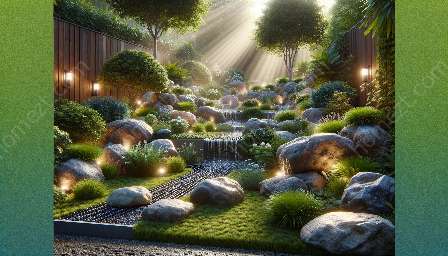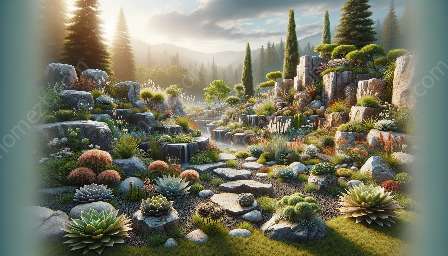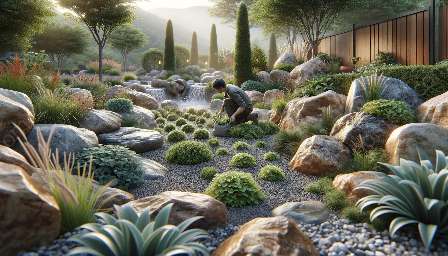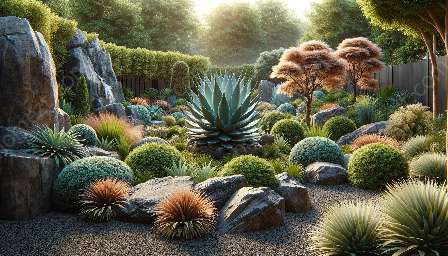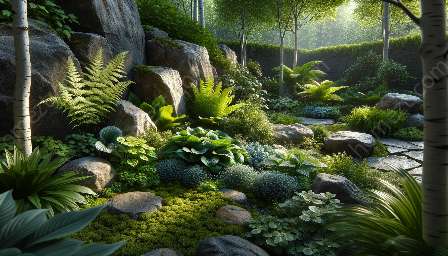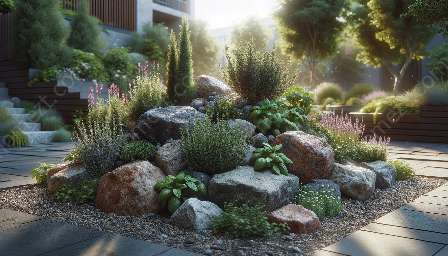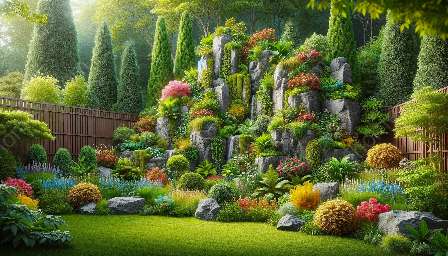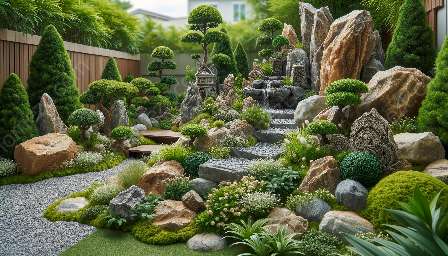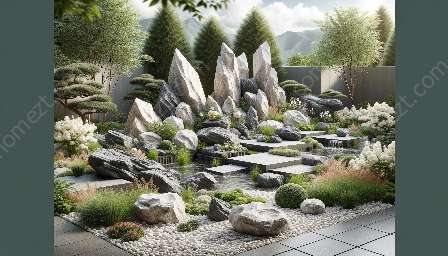Rock gardens are a beautiful addition to any landscape, and naturalization techniques can enhance their appeal. By incorporating sustainable methods and innovative designs, rock garden enthusiasts can create stunning, low-maintenance landscapes that thrive in harmony with the surrounding environment.
The Benefits of Naturalizing Rock Gardens
Naturalization of rock gardens involves designing and maintaining the garden to mimic natural landscapes, promoting biodiversity, and reducing maintenance needs. This approach not only creates visually appealing gardens but also provides ecological benefits. By integrating naturalization techniques, rock gardens can become self-sustaining, requiring less water, fertilizer, and maintenance compared to conventional garden designs.
Choosing Suitable Rock Garden Plants
When naturalizing a rock garden, selecting appropriate plant species is crucial. Opt for native plants and those adapted to the local climate to promote biodiversity and reduce water and maintenance requirements. Look for plants with low water needs and high drought tolerance to create resilient rock gardens that thrive in harsh conditions.
- Creeping thyme (Thymus serpyllum)
- Prickly pear cactus (Opuntia spp.)
- Stonecrop (Sedum spp.)
- Alpine rockcress (Arabis alpina)
Creating Natural Rock Features
Incorporating natural rock features is essential for achieving an authentic and visually striking rock garden. Use locally sourced rocks and boulders to construct naturalistic rockeries, retaining walls, and focal points. Proper placement of rocks can enhance drainage, create microclimates, and provide habitat for beneficial insects, lizards, and small mammals.
Designing With Sustainability in Mind
When designing a naturalized rock garden, consider elements of sustainability such as water conservation, soil health, and wildlife habitat. Implementing mulching, rainwater harvesting, and using permeable hardscapes can improve water retention and minimize runoff, fostering a more resilient and sustainable garden. Additionally, creating varied microclimates and habitats within the rock garden can support a diverse range of wildlife, from pollinators to small mammals.
Artful Planting and Maintenance
Approach the planting and maintenance of a naturalized rock garden with an artful eye. Implement layering and massing of plants to create engaging textures and colors. Use gentle pruning and selective maintenance to promote natural growth and encourage the establishment of self-sustaining ecosystems within the garden.
Conclusion
By employing naturalization techniques, rock gardens can become havens for biodiversity and sustainable showcases of natural beauty. Embracing the principles of naturalization in rock gardening not only creates visually stunning landscapes but also contributes to the conservation of local ecosystems and reduces the environmental impact of traditional landscaping practices.

